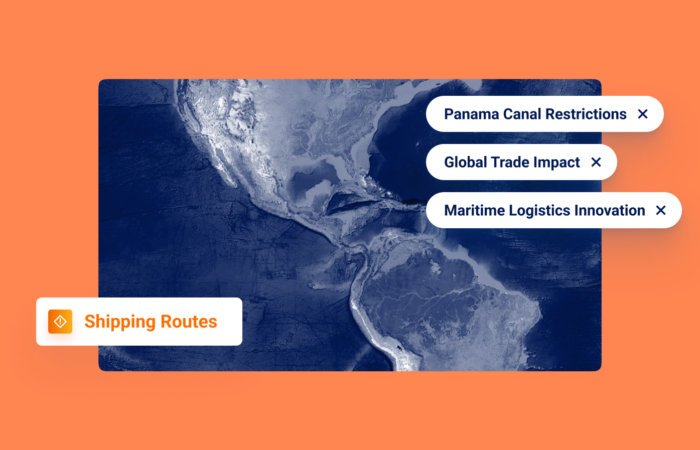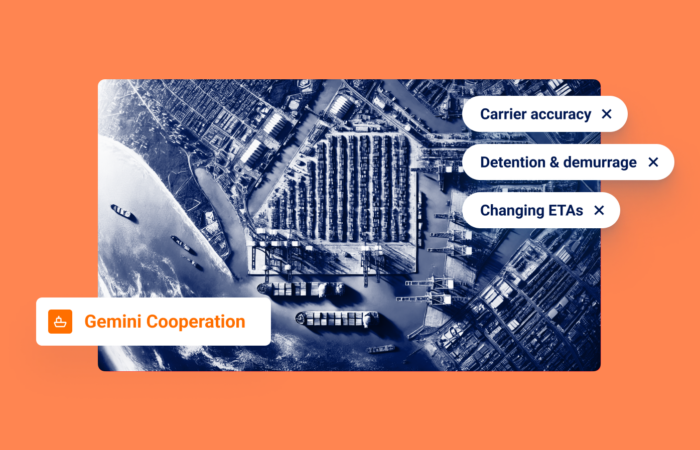Maritime visibility – invest to save

What’s inside?
A relatively recent article from CNBC accurately summarizes the difficult situation facing organizations who help power the maritime supply chain, with a 90% YoY drop in ocean freight rates for cargo from China headed to the U.S.’ West Coast:
“The change from a supply chain that struggled in trying to keep up with unprecedented pandemic demand to a weak demand environment and freight market now oversupplied with both ships and containers highlights the risk of a prolonged downturn in the global economy…Xeneta data indicates that 85% of customers plan to decrease ocean freight spending in 2023, while 42% say their volumes will stay ‘stable/consistent’ with 2022, which (Peter Sand, chief analyst at Xeneta) said suggests a further decline in cargo volumes.”
Unsurprisingly, many freight forwarders with severely impacted margins are in cost-cutting mode in preparation for a prolonged recession. Some of the biggest shipment operation expenses are a result of inefficient resource allocation in areas such as tracking estimated time of arrival (ETA) updates and warehouse management, and of fees and penalties that are a result of changes in container arrival dates to their POD, such as detention and demurrage, and haulage rebooking. These can all be improved with an ocean freight visibility solution offering automated tracking and accurate ETAs. Perhaps counter-intuitively, now is the time to make that investment.
Wasted time & money
A Windward blog post described the labor-intensive, costly processes operators are forced to execute:
“A large portion of any operator’s day is spent looking through these different data sources in hopes of an accurate ETA. This frequently results in 150-200 emails daily! Actually, that’s a conservative estimate…Tracking individual containers is time intensive – operators handle approximately 75-100 shipments monthly. One Bill of Lading (BoL) could have ten containers on it and what if transshipments are involved? Sometimes, half the containers from a single shipment get moved to one vessel during a transshipment, while the other half are placed on another. This leads to splitting the bill of lading halfway through the voyage, complicating the picture and creating additional data points.”
Freight forwarders and importers and exporters are paying teams of (usually outsourced) employees to manually check carrier websites and the many other sources of ETAs.

The solution
An effective ocean freight visibility solution will empower organizations to reduce the operational costs of container tracking operations by automating the process, eliminating the need for outsourced teams. Managing the supply chain efficiently and faster will enable freight forwarders and BCOs to bring value to their customers. The good news is that not only will this be cheaper, automation will be more effective than the cumbersome manual processes. Automation enables:
✔ Real-time arrival and departure notifications, based on extensive mapping and geofencing of all container berthing terminals globally
✔ Enhanced track and trace, with full visualization of exact container location
✔ In-depth analysis of the top container ports and terminals
Additionally, shippers can avoid detention and demurrage fees and penalties with accurate ETAs in advance, and reduce invoice volume processing times and costs.

It seems scary to invest in new technology during an economic downturn, but can you afford not to?












